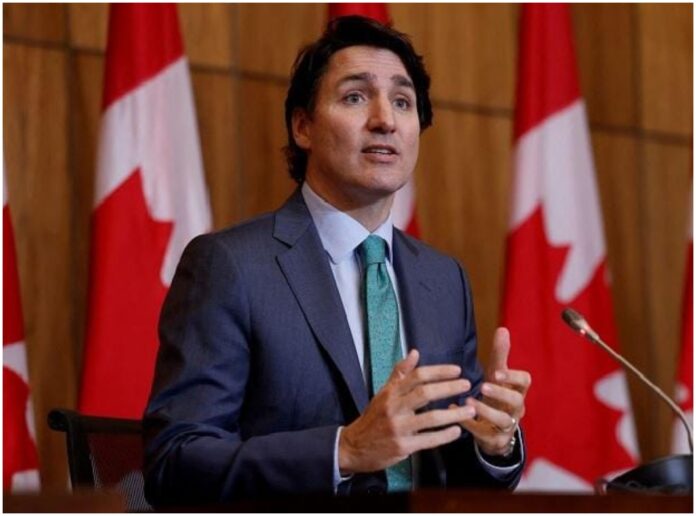Expressing concerns over the strain on housing demands, Miller acknowledged the need to consider a cap on international student admissions during the first and second quarters of the current year
In the wake of a mounting unemployment crisis coupled with a severe housing shortage, Canada’s Immigration Minister, Marc Miller, has disclosed plans to explore the imposition of a cap on the influx of international students residing in the country in the coming months, as reported by CTV News through livemint.com.
Expressing concerns over the strain on housing demands, Miller acknowledged the need to consider a cap on international student admissions during the first and second quarters of the current year. However, the government has yet to specify the extent of the reduction in the immigration system, emphasizing that such measures would not follow a “one-size-fits-all” approach.
Highlighting the broader impact of rising immigration, Miller urged a thorough examination of the consequences of an increasing number of both permanent and temporary residents
Miller stated, “This is a conversation the federal government will need to have with provincial governments to make sure that the provinces that have not been doing their jobs actually rein in those numbers on a pure volume basis.”
Describing the current volume of international students as “disconcerting” and a system that has “gotten out of control,” Miller pointed out that a coordinated effort between federal and provincial authorities is crucial. The Liberals have set ambitious immigration targets, aiming to welcome 485,000 immigrants in 2024 and 500,000 in both 2025 and 2026.
Regarding the international student population in Canada, Miller stressed the importance of a comprehensive system that ensures financial capability and validates offer letters. Approximately 300,000 temporary residents, including international students and migrant workers, arrived in Canada in the third quarter of 2023.
Highlighting the broader impact of rising immigration, Miller urged a thorough examination of the consequences of an increasing number of both permanent and temporary residents. He emphasized the necessity of addressing not only housing challenges but also the need to reduce the average age of the workforce within the federal government’s considerations.
************************************************************************
Readers




